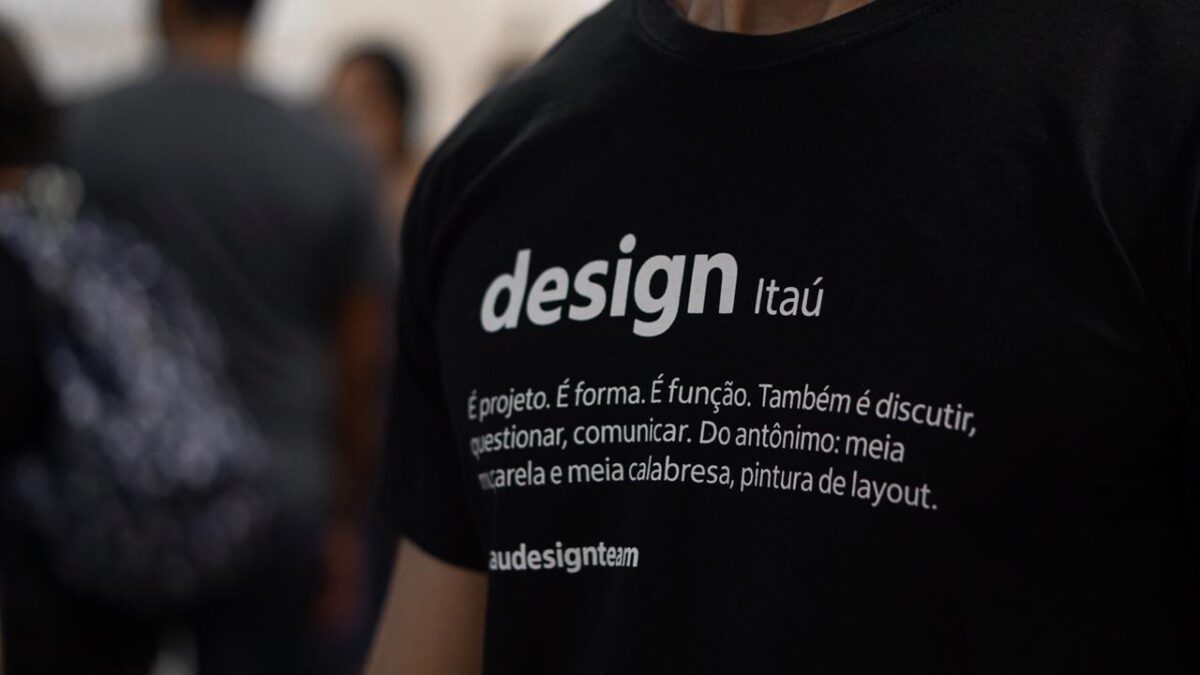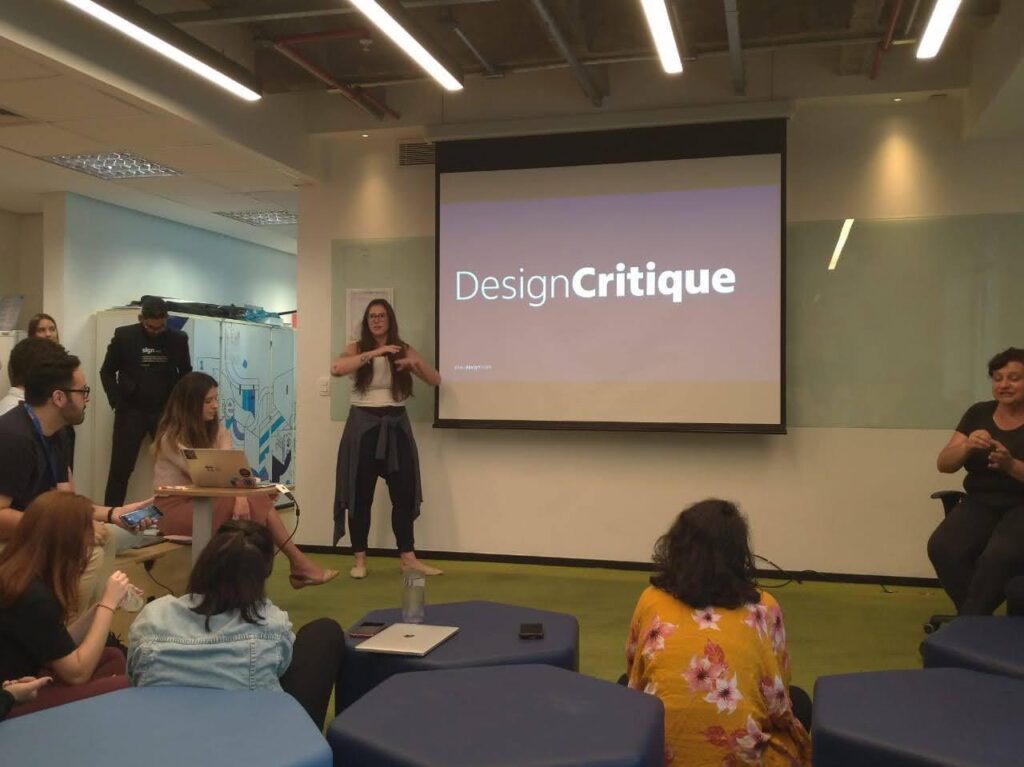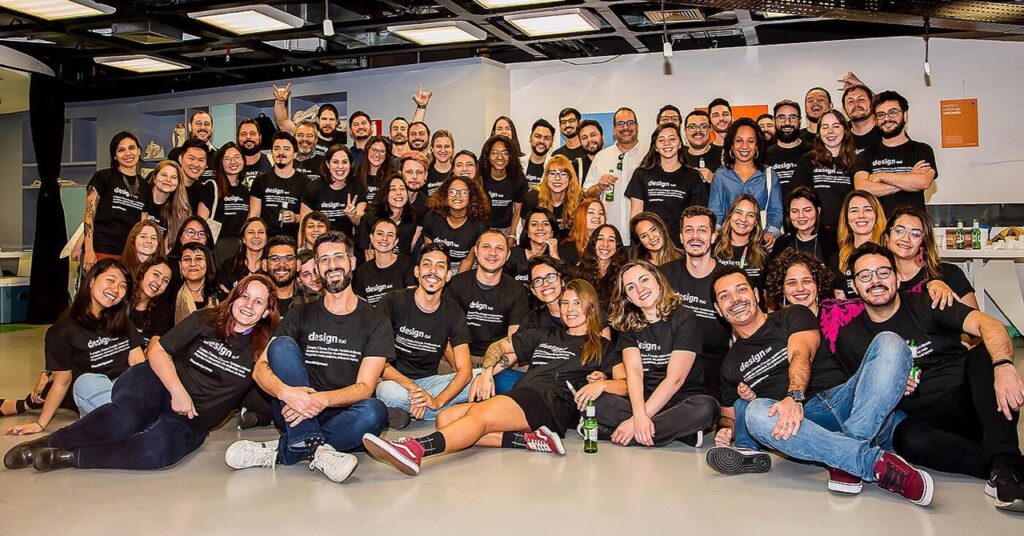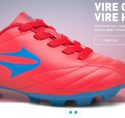IDP
Mentor designers to advance in their careers
“A leader is one who knows the way, goes the way, and shows the way.“
John C. Maxwell
There are countless ways to structure and implement a IDP, but I’ll share a model that has worked exceptionally well over the past five years to develop and nurture talent. It’s important to note that the PDI is entirely under the analyst’s control—I merely provided guidance based on years of experience and what I believed to be the most effective approach.
Details
Role: Group Design Manager
Client: Itaú Empresas
Project: leadership

# 2: Skills Mapping
Once the above reflections were complete, we used a skills map to evaluate hard and soft skills. The map depended heavily on the expected skills for the role (junior, mid-level, senior) which varied from company to company.
In my case, I used a hard skills map developed by the OPS team, making a few adjustments to include additional topics I believed were important. For soft skills, I created a custom map based on the behavioral competencies evaluated by the company’s meritocracy system, adding other relevant points depending on the seniority of the analyst.
It’s important to note that this skills map was not an official evaluation and was not directly tied to the company’s performance review process. Instead, it served as a tool to guide the professional development and improvements needed for the analyst’s growth journey.

# 3: Skill Selection
The analyst then selected three hard skills and three soft skills they wanted to develop or improve.
# 4: Peer Group Comparison
After completing the skills map, I provided data comparing each analyst to their peer group (analysts within the same level of seniority). This allowed them to have a broader and, at times, more reassuring perspective on certain competencies.

# 5: Workflow and Design
Next, I created a workflowntailored to each specialization—research, content, motion, or product design (PD). This helped the team and peers visualize their roles and contributions, ensuring processes and planning deadlines were respected as much as possible.
With this workflow in mind, I identified opportunities where the analyst’s chosen skills could be practiced and improved, making it easier to move to the next step: setting goals.

# 6: Goal Setting
Based on the analyst’s interests, we defined three key skills to focus on:
– One chosen by the analyst
– One suggested by me
– One mutually agreed upon
We set deadlines for short-, medium-, and long-term actions. Timelines varied depending on the skill and the team’s speed in completing discoveries and deliveries.


# 8: Ongoing Action Plans and Follow-ups
We implemented consistent action plans, including courses, commitments, and behaviors. To track progress, we held 1:1 meetings twice a month:
1. The first meeting was open for the analyst to discuss any work-related topics.
2. The second focused on the IDP, tracking progress on agreements or making adjustments.
Additional Team Development
In addition to the IDP, I frequently introduced topics or workshops to the entire team during weekly meetings. These sessions sometimes extended depending on the subject’s complexity or the team’s maturity. Some examples of topics included:
• Nonviolent communication
• Presentation skills
• How to be more creative
• Impostor syndrome
• Giving and receiving critiques
This structured and consistent approach has proven effective in fostering growth, strengthening team connections, and developing exceptional talent.
“In 3 years, I helped three analysts transition into leadership roles, promoted over six analysts, and supported them in winning individual awards and awards within their squads.”



























